
Vitrectomy
Vitrectomy RecoveryVitrectomy recovery involves having the eye covered with a patch all the times except during a sleep. Eye drops are given after the eye shield has been removed to aid in recovery. Patient will experience swelling of the eye for several days during healing period. This problem is treated with medications and cold compresses. Vitrectomy recovery for retinal detachment repair with gas bubble involves lying face-down for several days. This is important in order to maintain the bubble in right position. Gas bubble restores retina to its original place after the removal of scar tissue and blood vessels.
Vitrectomy ComplicationsVitrectomy complications can be various but are not so frequent. In approximately 82 % of cases vision is improved after vitrectomy. 9% of the patients will experience no improvement in vision, while the other 9% will experience permanent vision loss.
Neurovascular GlaucomaNeurovascular glaucoma is one of the vitrectomy complications. It occurs when draining of the fluids from the eye is blocked by the new blood vessels growth. This leads to developing pressure in the eyes.
Vitrectomy ResultsVitrectomy results will differ depending on the underlying problem. Basic vitrectomy that is used for the replacement of blood-clouded vitreous gel with a clear solution results in significantly improved vision. Generally, common result will be vision improvement in the first week after the surgery. In order to maintain positive results of vitrectomy, a patient must check their blood sugar level often and visit their ophthalmologist once a year.
Laser PhotocoagulationLaser photocoagulation is a surgical procedure used for treating eye conditions with an intense beam of light.
Laser Photocoagulation Recovery
Laser photocoagulation is a treatment administered on an outpatient basis, meaning that a patient is released from the hospital after the procedure is finished. The first day of the recovery, the patient may have blurred vision. This procedure slows the progression of mascular edema, but cannot restore the vision.
Laser Photocoagulation ComplicationsLaser photocoagulation may lead to damage of surrounding healthy tissue, cause some peripheral vision loss and reduce the night vision. But, laser photocoagulation complications rarely occur.
Laser Photocoagulation Results
Laser photocoagulation is a very successful procedure. It mainly aims to slow the progression of diabetic retinopathy, but it cannot restore lost vision. Earlier the disease is diagnosed, the results will be better. To maintain wanted results after the procedure, patients have to test their blood sugar frequently.


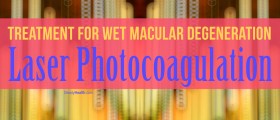


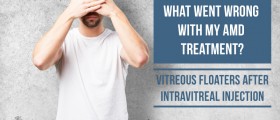
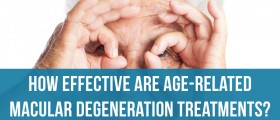





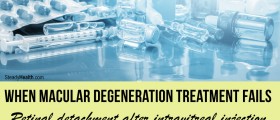
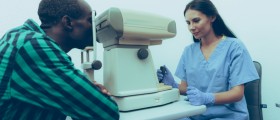



Your thoughts on this
Loading...